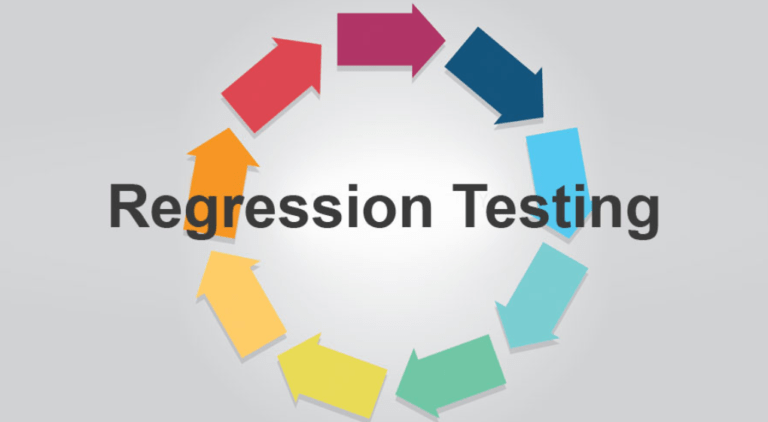Software programs are updated and regularly changed to accommodate consumers’ changing demands. But there’s always a chance that changing the program may introduce new flaws or damage existing capabilities.
Regression testing tools are useful in this situation. The software development lifecycle must include regression testing to make sure that new modifications don’t adversely affect the already-existing functionalities.
But when exactly should you perform regression testing? Below, we’ll explore the optimal timing for regression testing and shed light on its significance in maintaining software quality.
When to Perform Regression Testing?
- After Code Changes: The most common trigger for regression testing is whenever new code changes are introduced. Whether it’s a feature enhancement, a bug fix, or a code optimization, performing regression tests ensures that the alterations haven’t caused any unintended consequences. This should ideally be done after every development cycle to catch issues early on.
- Integration of Components: When different components of a software application are integrated, there’s a potential for conflicts or compatibility issues to arise. Regression testing should be performed after integrating new modules or components to ensure that the integration hasn’t disrupted the existing functionality.
- Platform or Environment Updates: If there are updates to the operating system, browsers, or other underlying software that the application relies on, regression testing should be conducted. Changes in the environment can lead to unexpected behavior, and regression tests help ensure the application remains robust across various platforms.
- Database Changes: When there are modifications to the database schema or data structures, it’s crucial to perform regression testing. These changes can impact the way data is retrieved and manipulated, potentially causing issues in various parts of the application.
- Bug Fixes: Regression testing is essential after fixing bugs, especially critical ones. While the bug itself might have been resolved, there’s a chance that the fix could affect other parts of the software. Running regression tests helps uncover any unintended side effects.
Significance of Timely Regression Testing
- Early Issue Detection: By conducting regression testing promptly after changes are made, you can identify issues early in the development process. This reduces the cost and effort required to fix problems that could compound if left unaddressed.
- Ensuring Stability: Regression testing ensures that the software remains stable even as new features are introduced. This stability is crucial to maintain user trust and satisfaction.
- Preventing User Impact: Without regression testing, undiscovered issues could reach users and negatively impact their experience. Timely regression testing helps prevent such scenarios and enhances user satisfaction.
Conclusion
Regression testing is an integral part of maintaining software quality and stability. It ensures that software applications continue to function as expected even as they evolve and grow.
By performing regression testing on a testing automation platform after every code change, integration, environment update, and bug fix, development teams can catch issues early and provide users with a seamless experience.
Opkey offers a comprehensive suite of features that make regression testing a seamless and productive endeavor. Opkey assists in identifying which test cases need to be included in your regression testing suite.
This ensures that your tests cover the most relevant scenarios, saving you time and effort. Opkey’s no-code test builder empowers testers and developers of all skill levels to create sophisticated test cases without the need for extensive coding expertise.




